Tom's Hardware Verdict
The NZXT C850 is a good power supply with compact dimensions and high build quality. The competition is fierce, though.
Pros
- +
Full power at 47 degrees Celsius
- +
Efficient
- +
Good enough performance
- +
Long hold-up time
- +
Low inrush current
- +
Fully modular
- +
Selectable semi-passive operation
- +
Nice aesthetics
Cons
- -
Can be noisy under tough conditions
- -
Mediocre transient response at 3.3V
- -
Lower than 70% efficiency with 2% load
- -
Small distance between connectors and in cable caps
Why you can trust Tom's Hardware
The NZXT C Series model with 850W max power uses the popular Seasonic Focus Plus Gold platform, but the performance, of our sample at least, wasn't at the same level as the corresponding Seasonic model. The competition is fierce in this market segment, and even if we had a budget 850W category in our best PSUs article, the C850 would have a hard time overtaking competitors like the Corsair RM850x, the aforementioned Seasonic unit, and the XPG Core Reactor 850. This doesn't mean though that you shouldn't get one if you find it at a good price.
NZXT's C series PSUs come in three flavors, with capacities ranging from 650W to 850W. We have already evaluated the 650W model, and this time the strongest model of the line will have the chance to meet our Chroma load testers. The C850 has enough power to support a potent CPU (AMD Ryzen 9 3900/3950x or an Intel Core i9-10900K) and a power-hungry graphics card (e.g., Nvidia RTX2080Ti). We are not sure about the PCIe connectors that the upcoming Nvidia Ampere GPUs will use, but this shouldn't be a problem for fully and semi-modular PSUs since, with a plain cable change, any compatibility problems can be addressed (but still there will be limitations in the power output since from the PSU's side the connectors will remain the same).
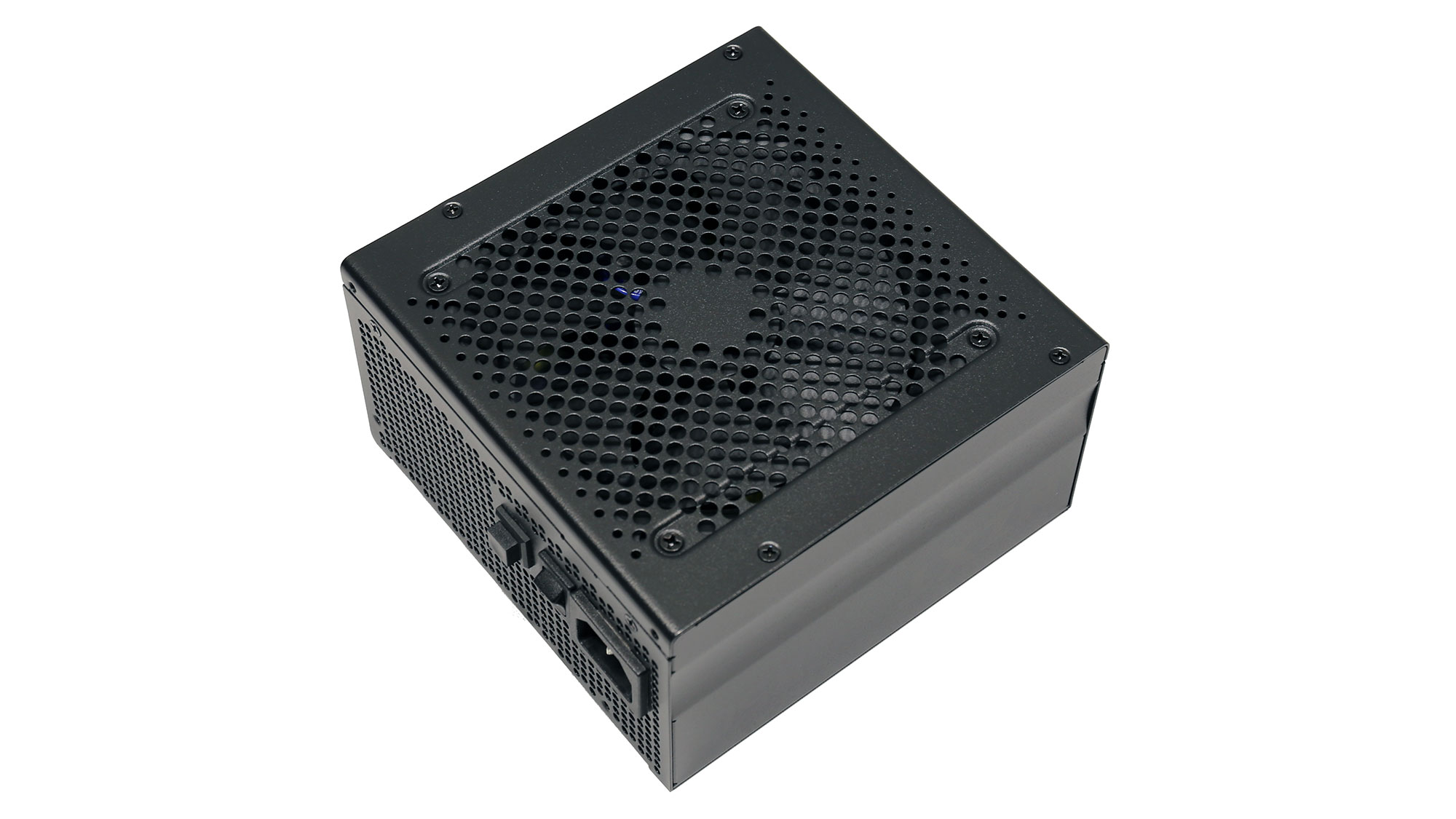
Product Photos
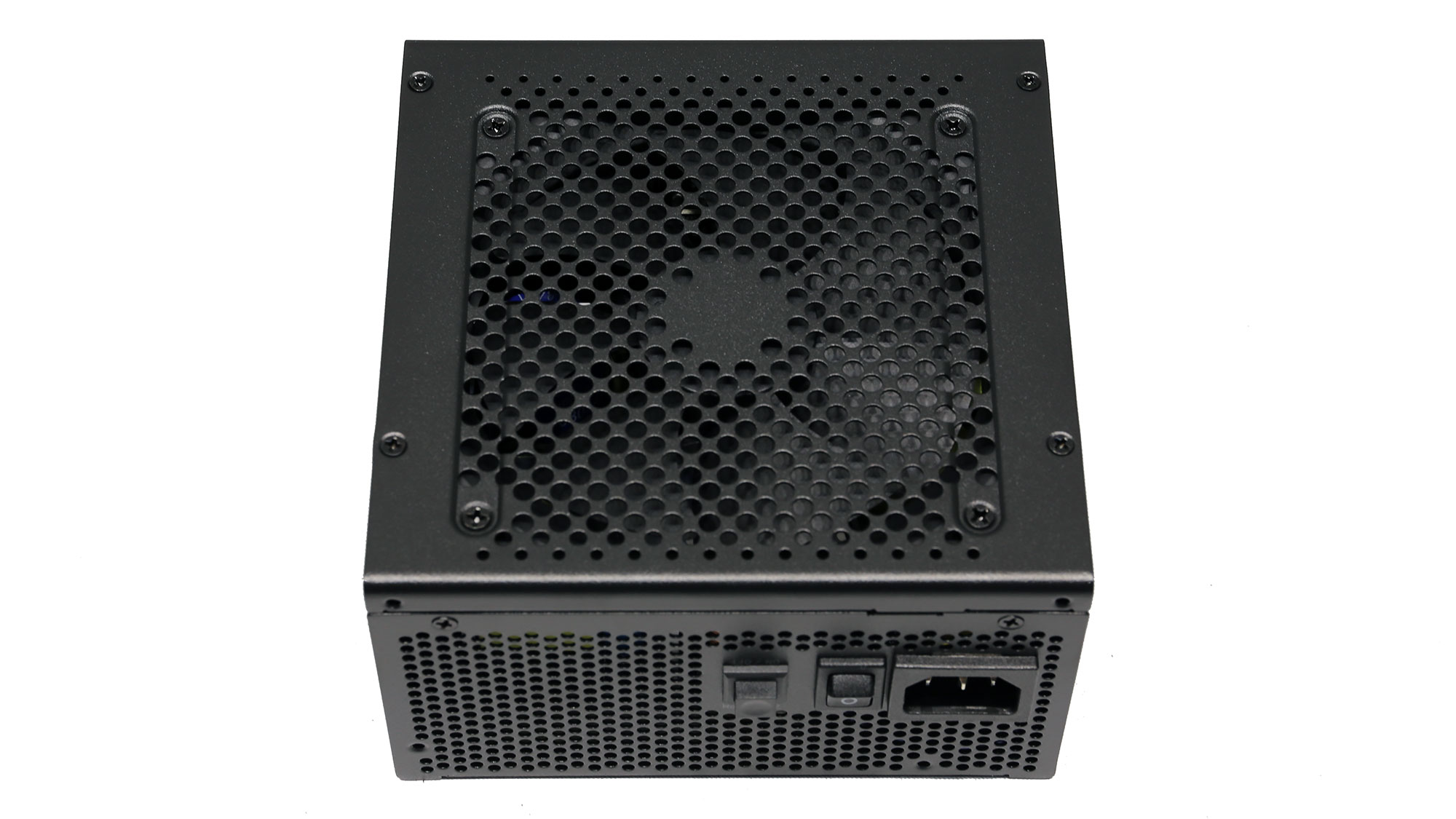



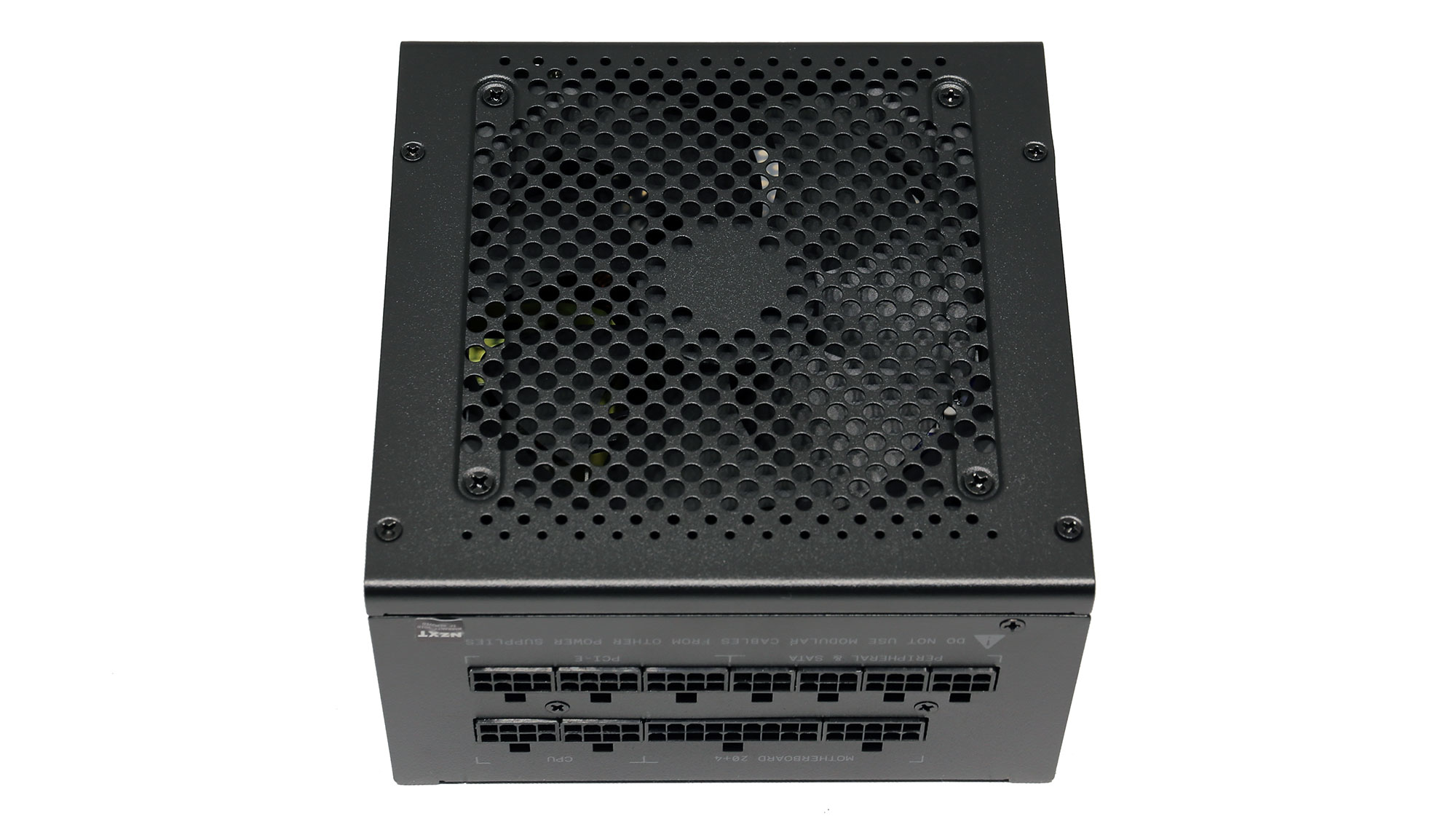

The NZXT C850 is a fully modular power supply with high power density, thanks to its compact dimensions (only 140mm depth). The whole C series is based on Seasonic's popular Focus Plus Gold platform without any significant changes. The E series is also based on the same Seasonic platform but has several notable changes, including a digital controller.

Product Photos


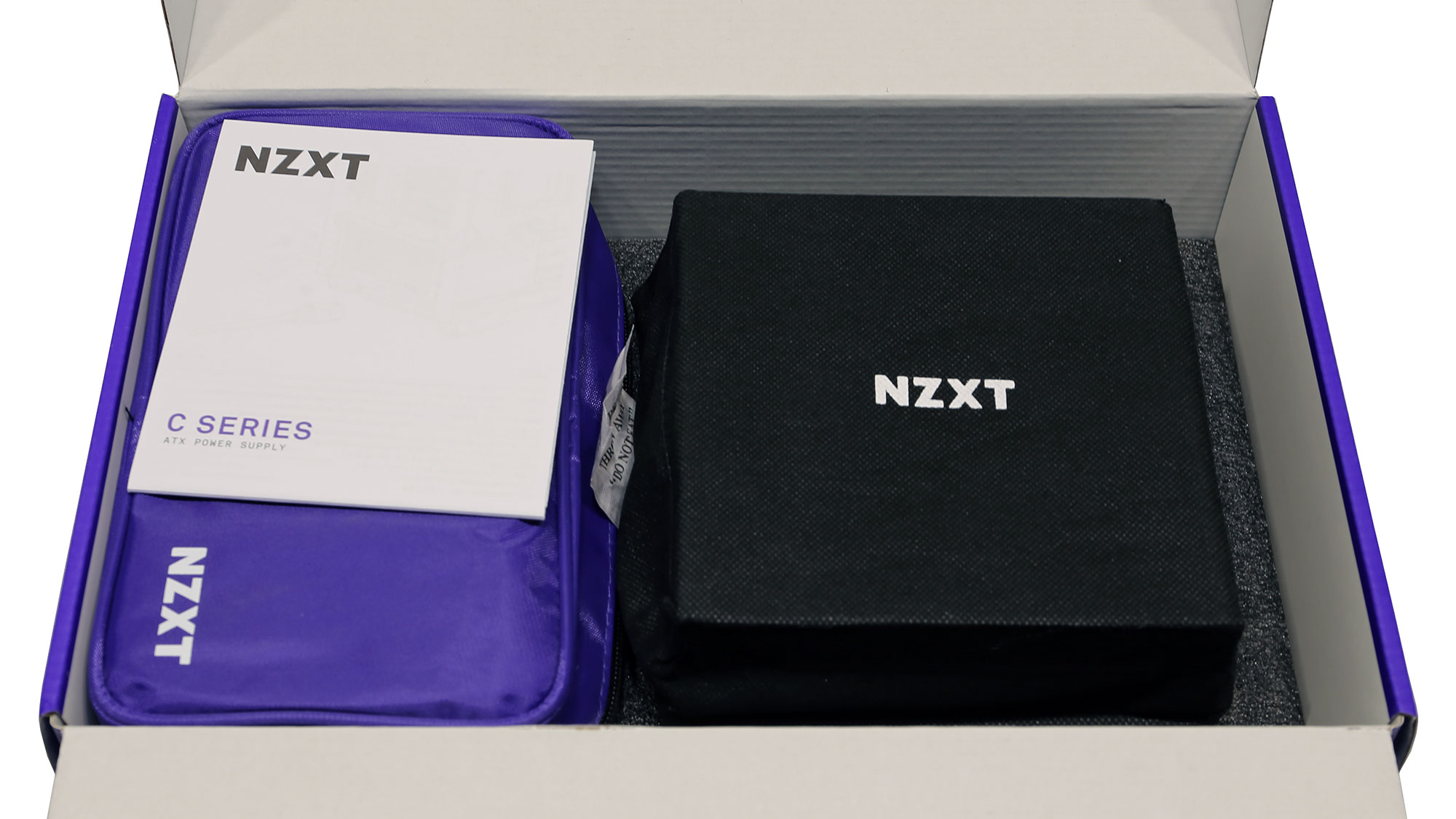


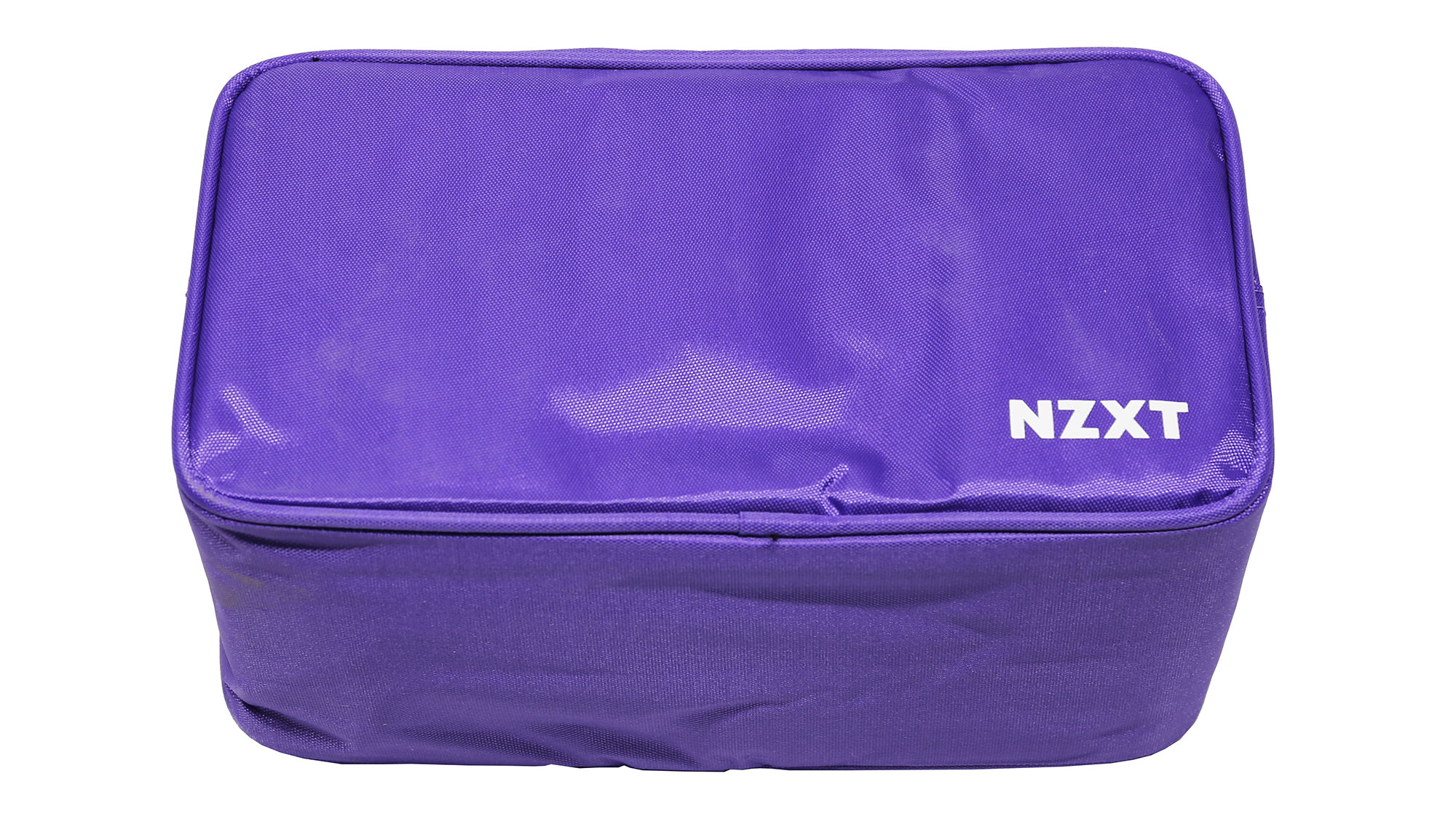
Specifications
|
Manufacturer (OEM) |
Seasonic |
|
Max. DC Output |
850W |
|
Efficiency |
80 PLUS Gold, ETA-A (88-91%) |
|
Noise |
LAMBDA-S++ (30-35 dB[A]) |
|
Modular |
✓ (Fully) |
|
Intel C6/C7 Power State Support |
✓ |
|
Operating Temperature (Continuous Full Load) |
0 - 50°C |
|
Over Voltage Protection |
✓ |
|
Under Voltage Protection |
✓ |
|
Over Power Protection |
✓ |
|
Over Current (+12V) Protection |
✓ |
|
Over Temperature Protection |
✓ |
|
Short Circuit Protection |
✓ |
|
Surge Protection |
✓ |
|
Inrush Current Protection |
✓ |
|
Fan Failure Protection |
✗ |
|
No Load Operation |
✓ |
|
Cooling |
120mm Fluid Dynamic Bearing Fan (HA1225H12F-Z) |
|
Semi-Passive Operation |
✓ (selectable) |
|
Dimensions (W x H x D) |
150 x 85 x 150mm |
|
Weight |
1.62 kg (3.57 lb) |
|
Form Factor |
ATX12V v2.4, EPS 2.92 |
|
Warranty |
10 Years |
Power Specifications
| Rail | 3.3V | 5V | 12V | 5VSB | -12V | |
|---|---|---|---|---|---|---|
| Max. Power | Amps | 20 | 20 | 70 | 3 | 0.3 |
| Watts | 100 | 840 | 15 | 3.6 | ||
| Total Max. Power (W) | 850 |
Cables & Connectors
| Description | Cable Count | Connector Count (Total) | Gauge | In Cable Capacitors |
|---|---|---|---|---|
| ATX connector 20+4 pin (610mm) | 1 | 1 | 18-22AWG | Yes |
| 4+4 pin EPS12V (650mm) | 2 | 2 | 18AWG | Yes |
| 6+2 pin PCIe (680mm+80mm) | 3 | 6 | 18AWG | Yes |
| SATA (500mm+100mm+100mm+100mm) | 2 | 8 | 18AWG | No |
| 4-pin Molex (500+100mm+100mm) | 2 | 6 | 18AWG | No |
| AC Power Cord (1400mm) - C13 coupler | 1 | 1 | 16AWG | - |
The double EPS connectors are a necessity if you plan on using this power supply with a high-end mainboard and a similar level processor. The number of PCIe connectors is also increased, although most users won't need more than two. Finally, there are enough peripheral connectors, but the distance between them is too small, at 100mm. It should be 150mm, at least.
Several cables have inline caps, unfortunately, and although these caps improve ripple suppression, they will also give you a hard time during cable management and routing processes.

Cable Photos


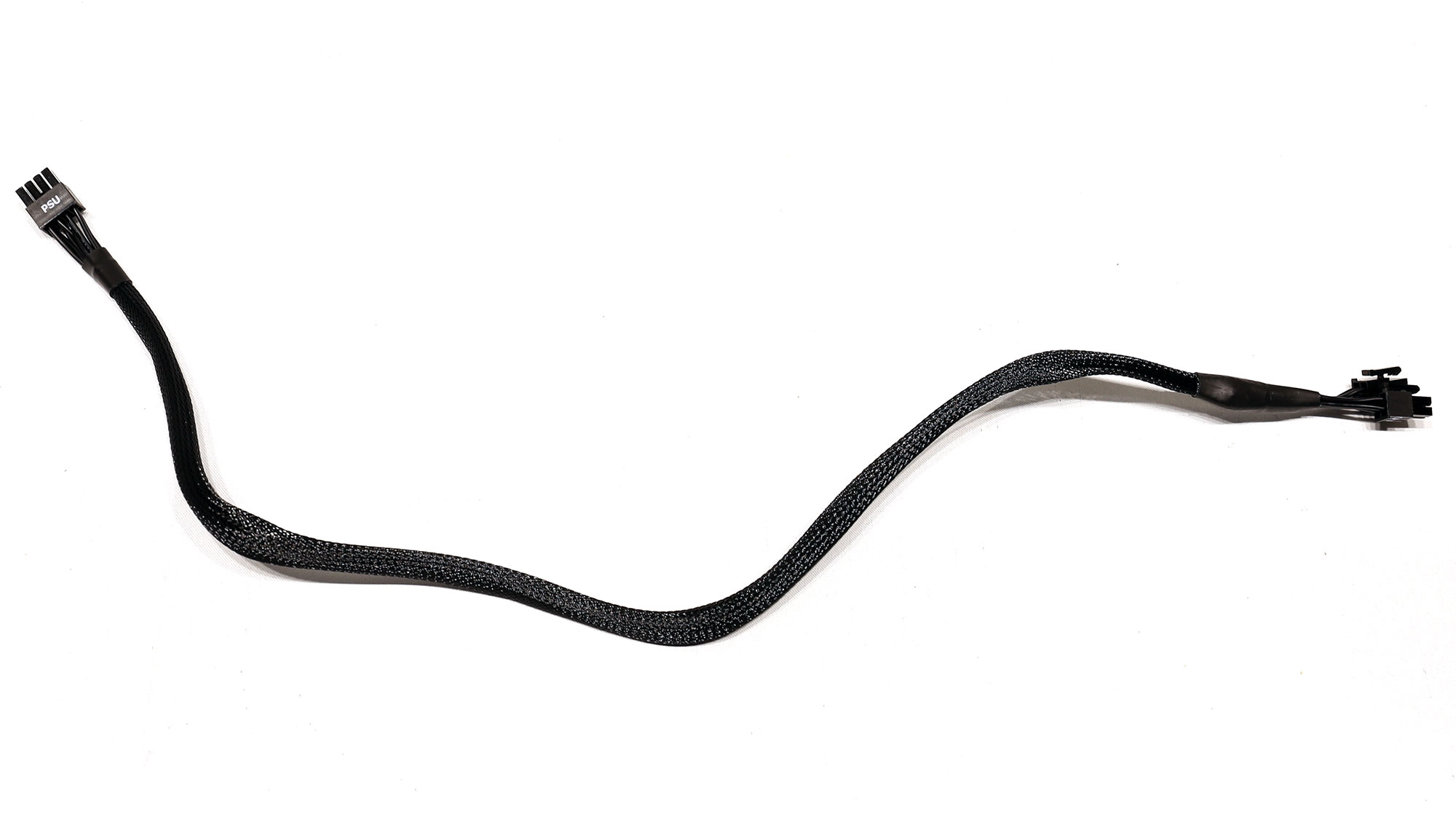
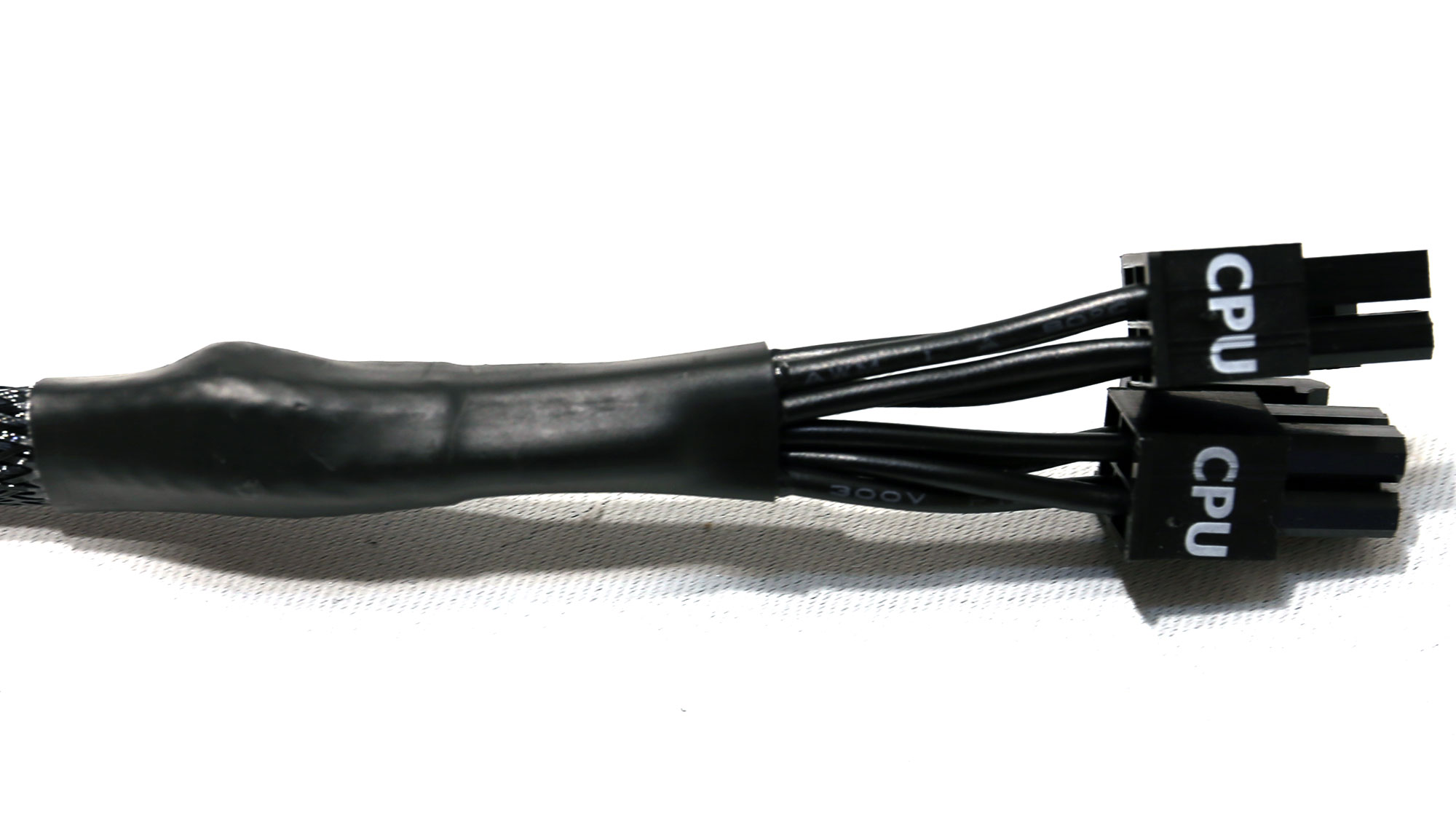


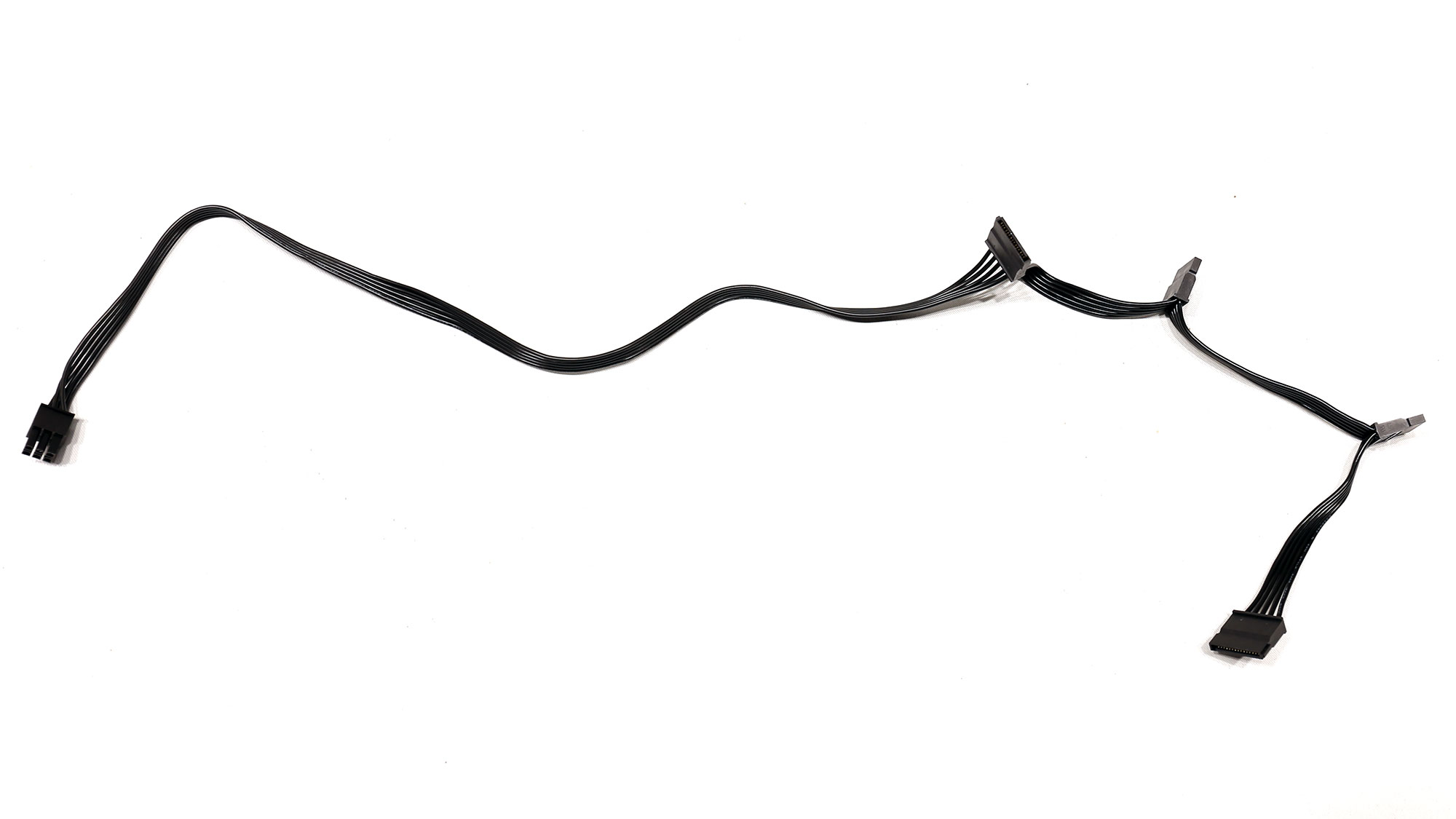


Component Analysis
We strongly encourage you to have a look at our PSUs 101 article, which provides valuable information about PSUs and their operation, allowing you to better understand the components we're about to discuss.
| General Data | - |
| Manufacturer (OEM) | Seasonic |
| PCB Type | Double Sided |
| Primary Side | - |
| Transient Filter | 4x Y caps, 2x X caps, 2x CM chokes, 1x MOV, 1x Champion CM02 (Discharge IC) |
| Inrush Protection | NTC Thermistor (MF72-5D15M) & Relay |
| Bridge Rectifier(s) | 2x GBU1508 (800V, 15A @ 100°C) |
| APFC MOSFETs | 2x Infineon IPA60R180P7S (650V, 11A @ 100°C, Rds(on): 0.18Ohm) |
| APFC Boost Diode | 1x STMicroelectronics STTH8S06 (600V, 8A @ 25°C) |
| Bulk Cap(s) | 1x Hitachi (400V, 470uF, 2,000h @ 105°C, HU) |
| Main Switchers | 4x Great Power GPT13N50D (500V, 13A, Rds(on): 0.49Ohm) |
| APFC Controller | Champion CM6500UNX |
| Resonant Controller | Champion CM6901T6 |
| Topology | Primary side: APFC, Full-Bridge & LLC converter Secondary side: Synchronous Rectification & DC-DC converters |
| Secondary Side | - |
| +12V MOSFETs | 4x Nexperia PSMN2R6-40YS (40V, 100A @ 100°C, Rds(on): 5.3mOhm) |
| 5V & 3.3V | DC-DC Converters: 6x Infineon BSC0906NS (30V, 40A @ 100°C, 4.5mΩ) PWM Controller: APW7159 |
| Filtering Capacitors | Electrolytic: 2x Nippon Chemi-Con (105°C, W), 6x Nippon Chemi-Con (1-5,000h @ 105°C, KZE), 3x Nippon Chemi-Con (4-10,000h @ 105°C, KY), 3x Rubycon (3-6,000h @ 105°C, YXG) Polymer: 6x Chemi-Con, 5x FPCAP, 6x NIC |
| Supervisor IC | Weltrend WT7527V (OCP, OVP, UVP, SCP, PG) |
| Fan Model | Hong Hua HA1225H12F-Z (120mm, 12V, 0.58A, 2200 RPM, Fluid Dynamic Bearing) |
| Standby Circuit | - |
| Rectifier | 1x MCC MBR1045ULPS SBR (45V, 10A @ 90°C) |
| Standby PWM Controller | Excelliance MOS EM8569 |

Overall Photos



This is the Seasonic Focus Plus Gold platform, so there are no surprises here since we have seen this design numerous times so far. The build quality is good, and the parts that Seasonic used are quite good and definitely up to the task. Still, we would like to see a higher-voltage-rating bulk cap, and less Chemi-Con KZE caps on the secondary side.
Get Tom's Hardware's best news and in-depth reviews, straight to your inbox.
On the primary side, Seasonic used a full-bridge topology, which is ideal for higher capacity PSUs (>500-600W max power), along with an LLC resonant converter. The secondary side employs a synchronous design for +12V, and a pair of DC-DC converters generate the minor rails. This is typical stuff for a modern PSU.

Transient filter





The transient filter has all the necessary components to suppress both incoming and outgoing EMI emissions. The real-life tests and our spectrum analyzer will shed more light on this, though.

Bridge rectifiers

The two bridge rectifiers can handle up to 30 Amperes. This is way more than what an 850W power supply requires, but by using two of them in parallel, you have lower energy losses since each bridge deals with half of the load.

APFC converter



The APFC converter uses quality FETs and a strong enough boost diode. The bulk cap isn't that large. Still, it manages to deliver close to 21ms hold-up time. Besides the size of the bulk cap, a significant role also plays the primary switching controller and its configuration when it comes to hold-up time. That said, we would like to see a higher voltage rating on the bulk cap, 420V, or even better 450V.

Main FETs and primary transformer
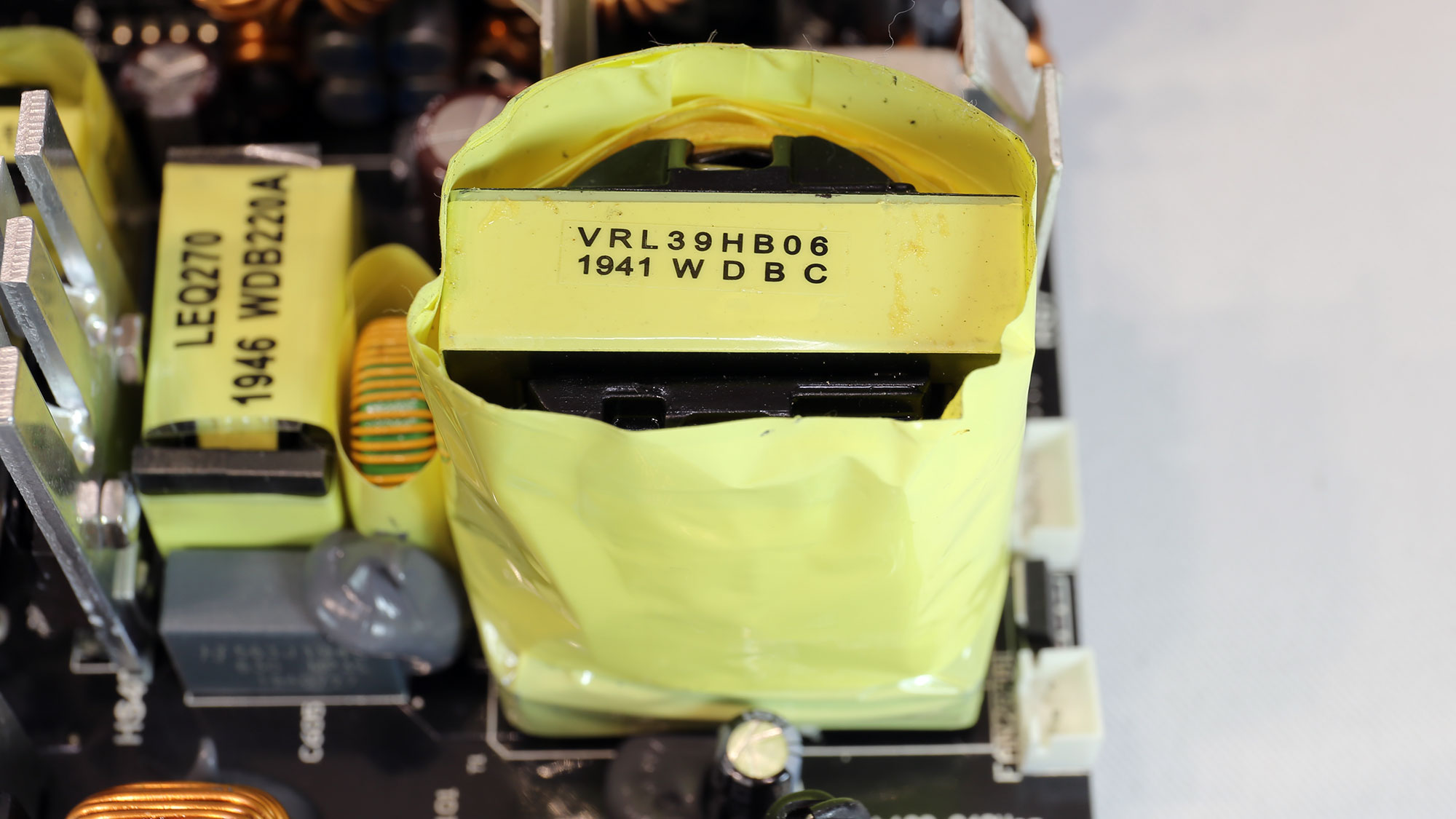


The main FETs are installed in a full-bridge topology. An LLC resonant converter is also utilized to boost efficiency.

12V FETs and VRMs


Four Nexperia FETs regulate the +12V rail. The minor rails are regulated by a pair of DC-DC converters. Six Infineon FETs are used in total and the common PWM controller is an ANPEC APW7159.
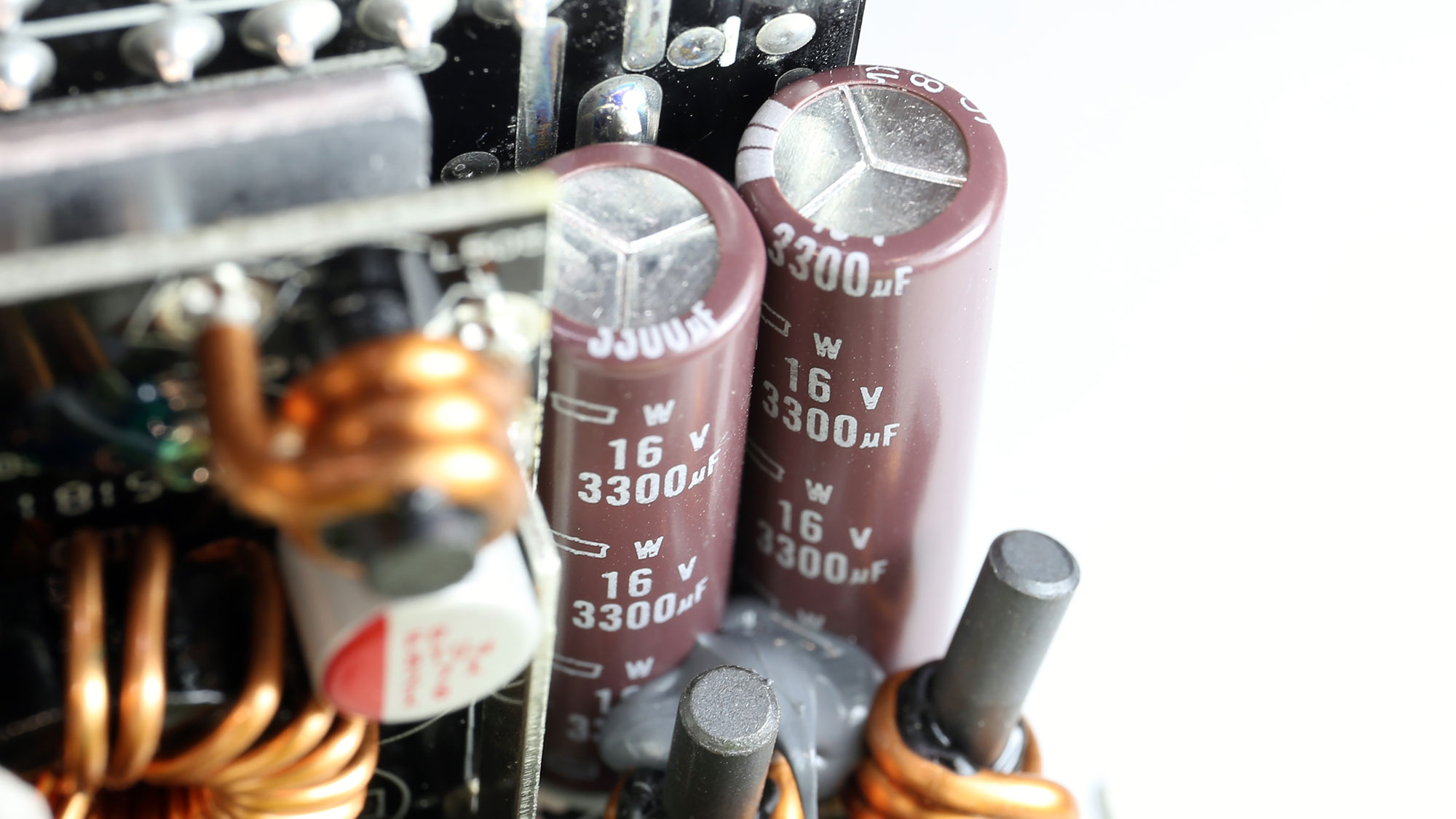
Filtering caps

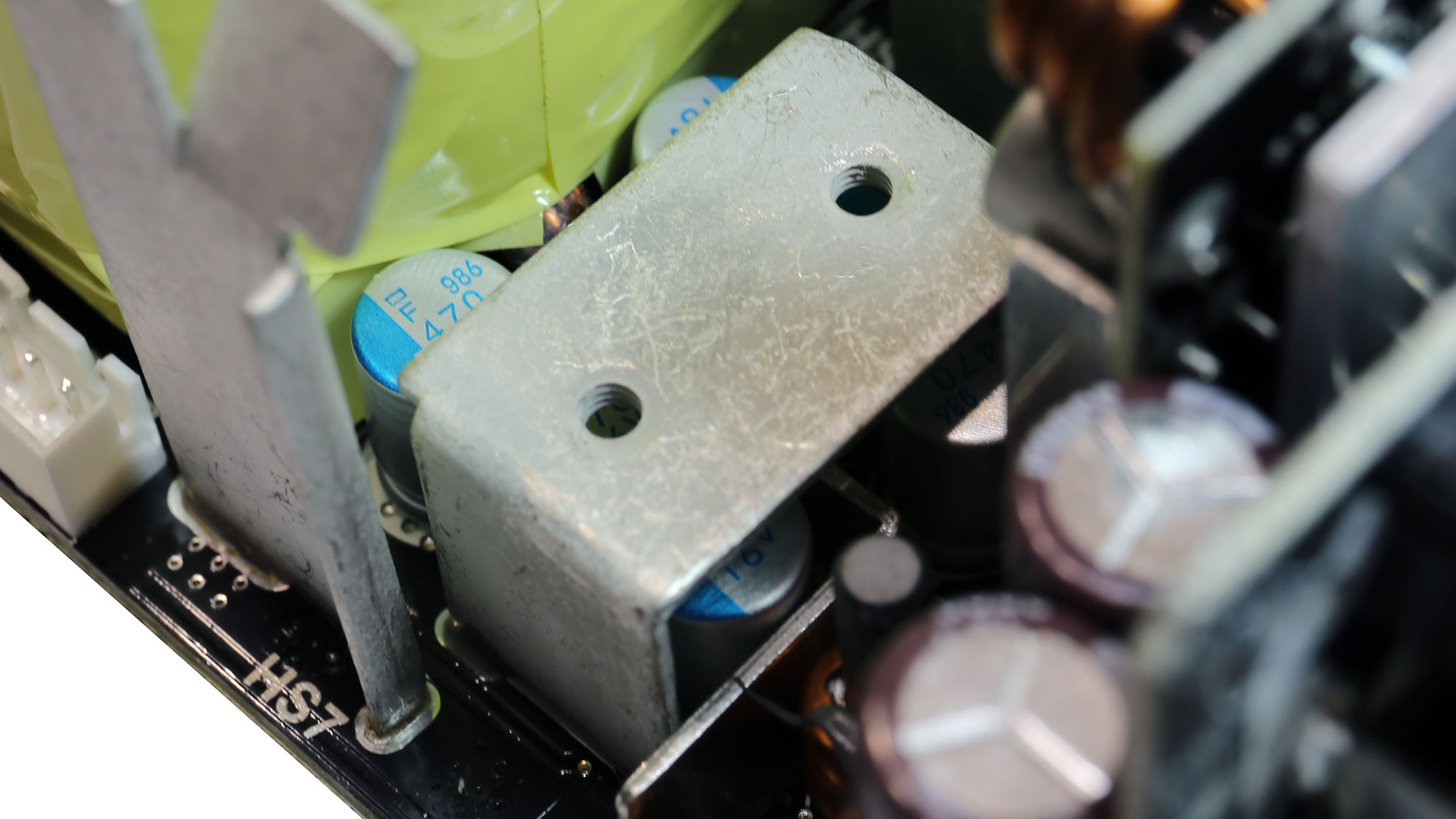
The electrolytic filtering caps are provided by Chemi-Con and Rubycon. The KZE caps have low lifetime and a pretty large number of these is used in this PSU. The KY caps are much better, but more expensive, too.
Many polymer caps are also used, besides the electrolytic ones. They have increased tolerance to high operating temperatures, but they lack in capacity which is required for good transient response.

5VSB Circuit

The 5VSB circuit uses an Excelliance MOS EM8569 PWM controller and in its secondary side we meet an MCC MBR1045ULPS SBR.

Modular board front


There is room for more polymer caps at the face of the modular board. Three out of the six KZE electrolytic caps are installed here.
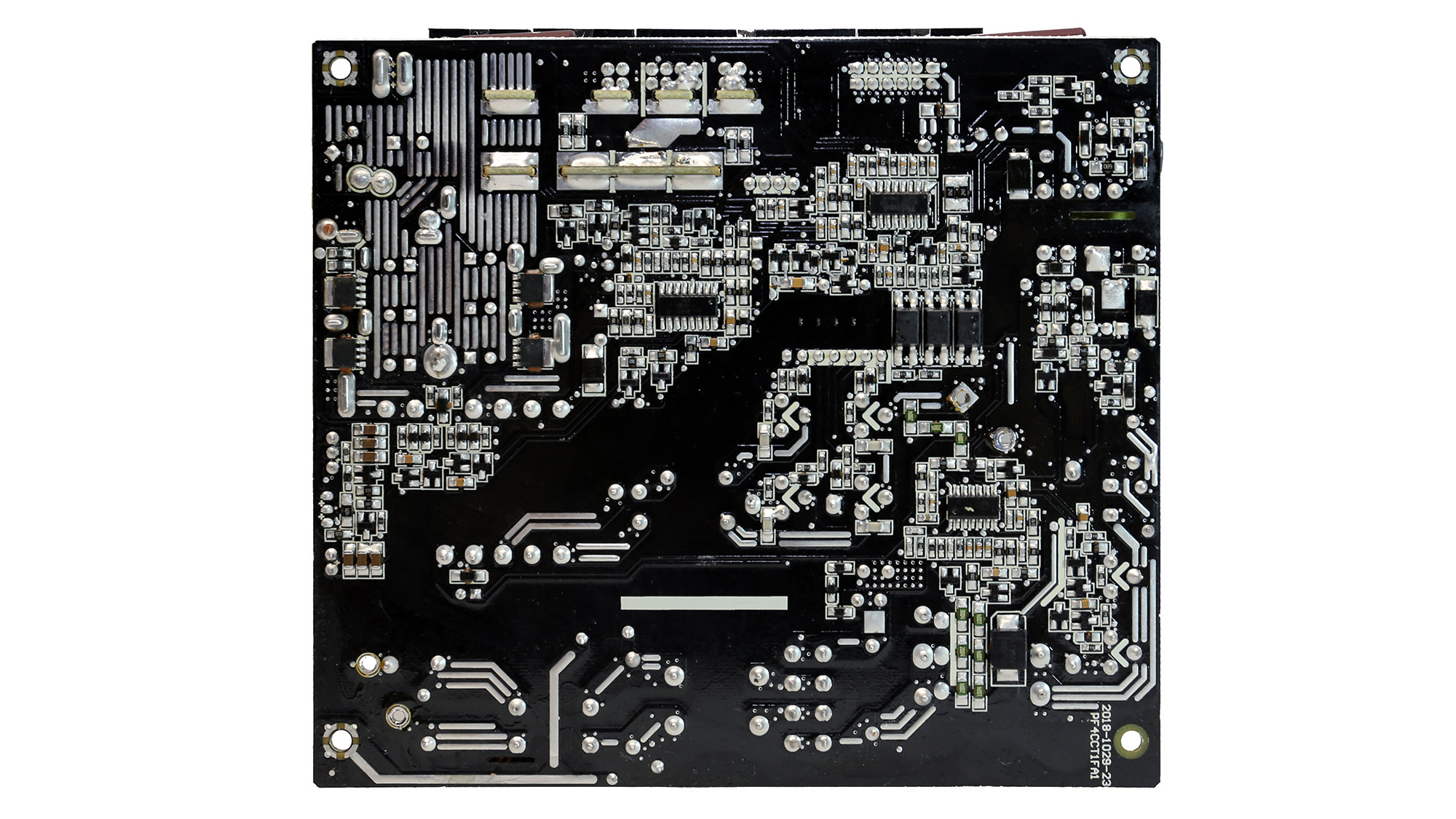
Soldering quality






We have no complaints about the soldering quality.

The supervisor IC is the Weltrend WT7527V which supports all crucial protections but OTP (over temperature protection). The latter is implemented through another circuit.

Cooling fan


The cooling fan is provided by Hong Hua, which seems to dominate the fan market for quite some time now. It uses a fluid dynamic bearing and it measures 120mm across.
MORE: Best Power Supplies
MORE: How We Test Power Supplies
MORE: All Power Supply Content
Current page: Specifications and Part Analysis
Next Page Load Regulation, Hold-Up Time, Inrush Current, Efficiency and Noise
Aris Mpitziopoulos is a contributing editor at Tom's Hardware, covering PSUs.